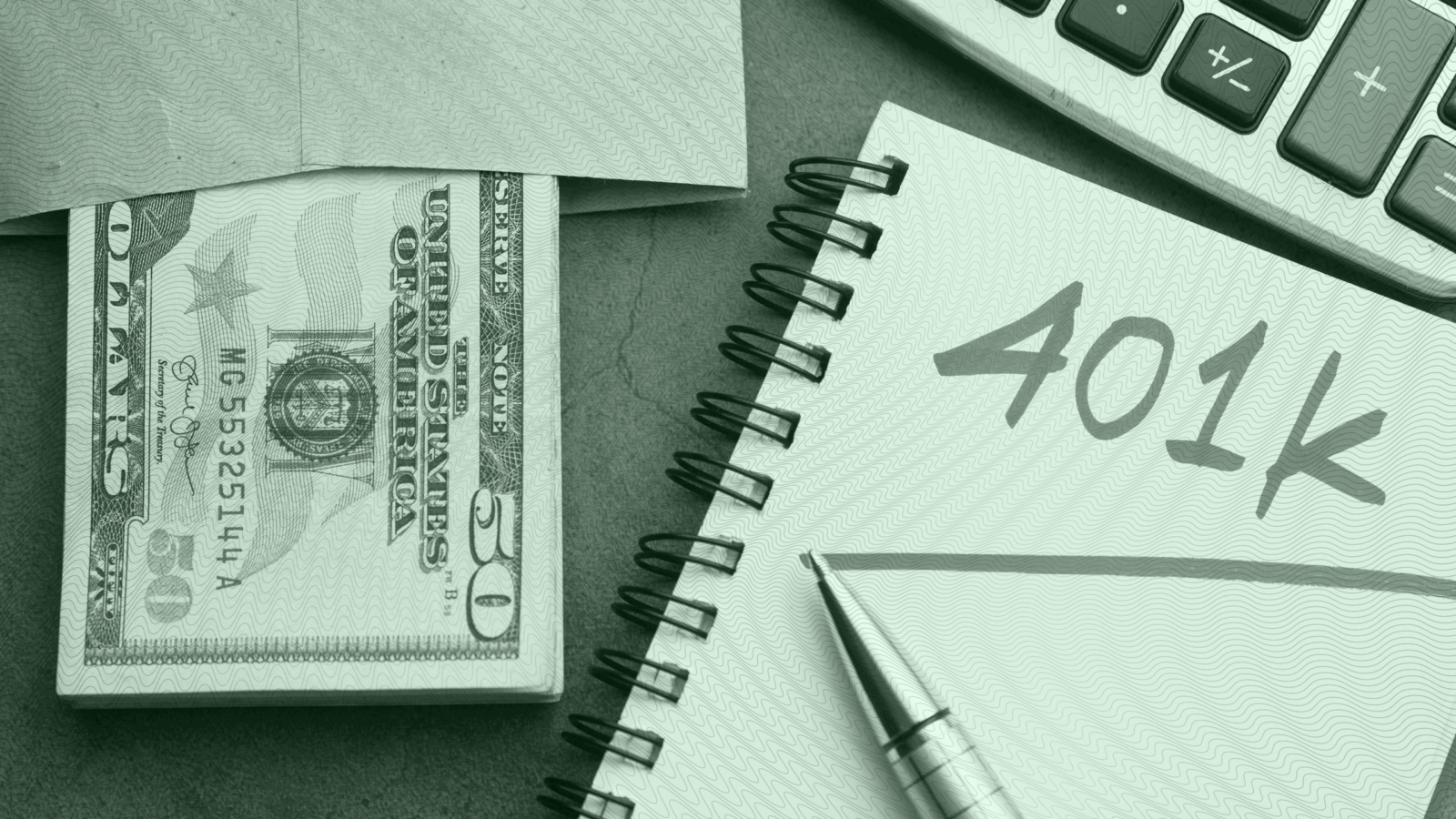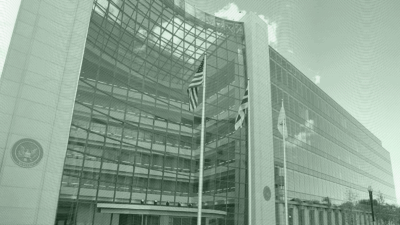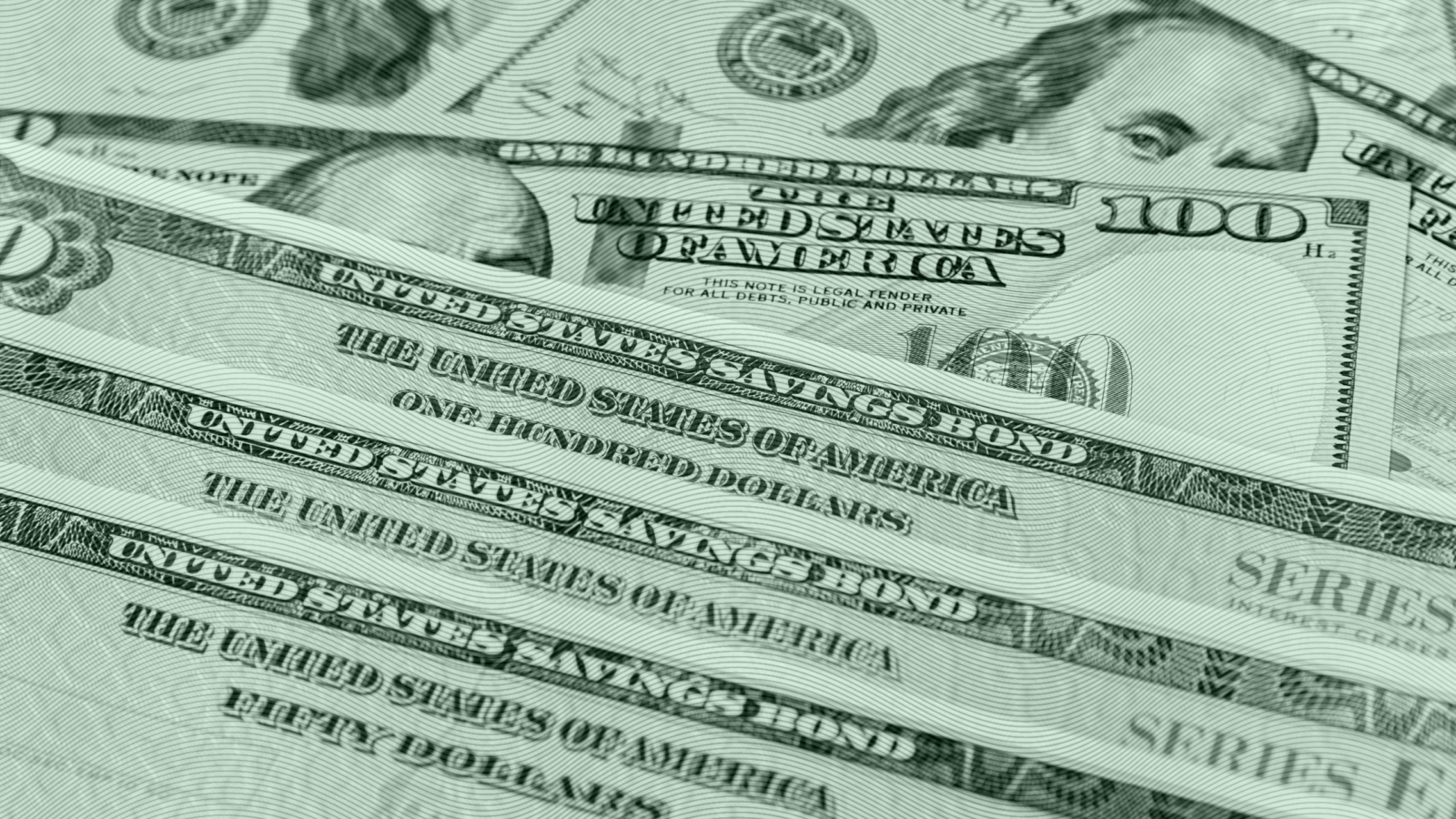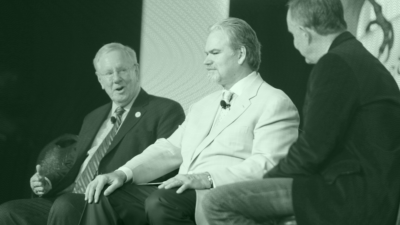Why the Bond Market’s Not Acting as It Should
Yields on Treasuries are now higher than they were in late 2022, when both stocks and bonds last slumped together.

Sign up for market insights, wealth management practice essentials and industry updates.
Typically, when investors leave equities, they head for fixed-income… typically.
Equity markets were rattled after the Trump administration announced sweeping tariffs earlier this month, and that volatility spread into the bond market. Yields on Treasuries are now higher than they were in late 2022, when both stocks and bonds last slumped together — raising concerns about a possible recession.
That leaves investors facing a triple whammy: falling stocks, falling bonds, and a weakening dollar. On the upside, though, the headwinds are an opportunity for advisors to reassess how much volatility their clients are comfortable with. “It’s a good gut check,” said Sean Dann, director of investment research at Marshall Financial Group. “Everyone thinks they’re risk-tolerant investors, but that’s only when the market’s green.”
Not So Quality Bonding Time
The bond market is under pressure from high federal interest rates, now at 4.3%, and mounting concern that high tariffs will drive up inflation while simultaneously stalling growth. A weakening dollar is compounding the challenge. “It’s becoming more expensive for euro or yen investors to hedge US currency exposure, driving even more bond outflows,” said Tom Graff, CIO at digital planning firm Facet.
Even Trump’s announcement of a 90-day pause for many tariffs on April 9 wasn’t enough to calm investors, and Treasury yields actually increased over the following two days. They’re now at the higher end of recent bounds:
- Yields for 10-year Treasurys are at 4.37%. In the past year, the yields have ranged from 3.6% to 4.8%
- Yields for both 20-year and 30-year government bonds are hovering around 4.8%. Yields for both have ranged between 4% and 5% in the past year.
Panic Like it’s 2022. Bonds and equities dropping in tandem is rare — but it happened in 2022 as a still-COVID-rocked US faced spiking inflation upon reopening the economy. “It was a very ugly bear market for equities, and one of the worst years in US history for bonds,” said Dann. The key difference, though? In 2022, there was consensus that rate hikes were necessary.
“The Fed is squeezed between a rock and a hard place where they need to decide if they want to raise rates to fight the expectation of higher inflation or do they want to lower rates to fuel business activity,” Dann said. Meanwhile, political turmoil isn’t helping. Trump recently blasted Fed Chair Jay Powell on Truth Social, calling him a “major loser” and saying his “termination” can’t come soon enough though he later told reporters he’s not considering firing the central banker. “It’s a very unique and tough environment if you want to have a lot of trust in the US right now,” Dann said.











